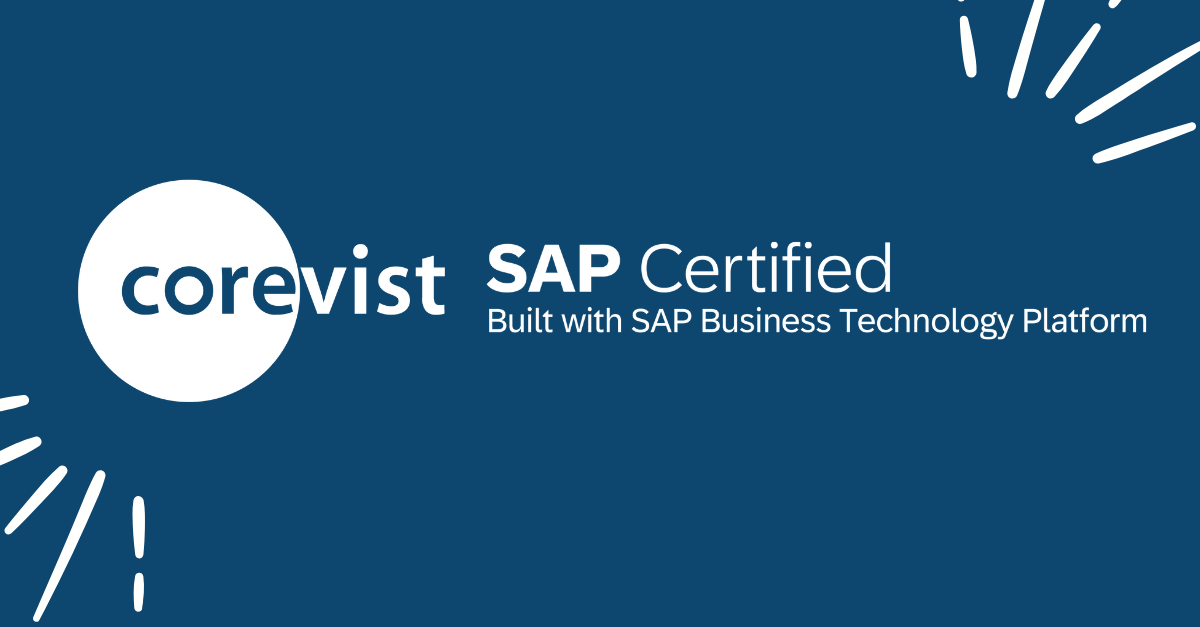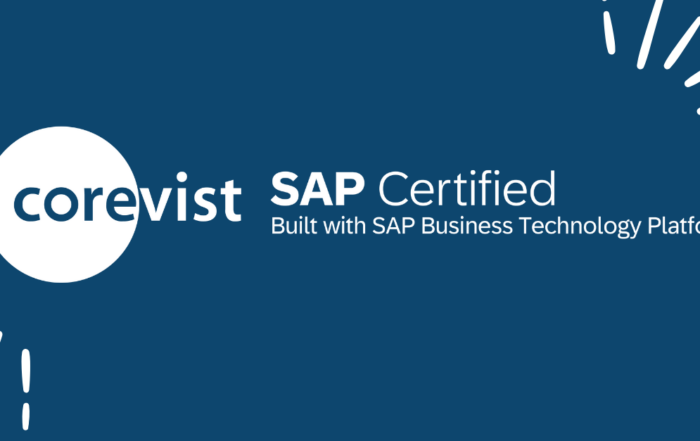Share
Author
George Anderson
Share
Global Ecommerce Success
In a recent article, Digitalcommerce360 reported on Unilever’s success with global ecommerce. The company is thriving due to their templatized ecommerce infrastructure—and due to the feedback process which they instituted to shape each local ecommerce store.
At Corevist, we recommend a similar approach for global ecommerce rollouts. Here are 5 keys to global ecommerce which our clients have used to build thriving businesses. We believe each of these is a “must-have” for a successful global ecommerce endeavor:
1. A global corporate sponsor
Global ecommerce rollouts work best when they follow a templatized approach for each local storefront or ecommerce instance. (More on that in a moment.) A templatized approach won’t work unless there is a dedicated leader pushing it across the entire organization.
That’s the primary role of the corporate sponsor—an executive with the passion to be the Ecommerce Leader at the corporate level (and with the authority to oversee all the divisions involved).
Global ecommerce needs a corporate sponsor across the entire life of the business. Once ecommerce has been rolled out, the corporate sponsor’s job has just begun. Chances are, each division or geography will need tweaks and customizations to meet their needs. The corporate sponsor must act as “air traffic control” when it comes to change requests to the ecommerce template. He/she must look at incoming change requests and decide which ones should apply to the template, and which ones will have to be saved for a future local customization.
2. An existing business division in each geography where you want to launch ecommerce
It’s worth pointing out that you shouldn’t launch ecommerce in a geography where you don’t have an established division. You need boots on the ground, already doing business with customers, if ecommerce is going to succeed in that geography.
Why? Because you don’t know what you don’t know. Without experienced local leaders giving input on their division’s ecommerce implementation, you won’t have any visibility into the unique needs of that market. That includes obvious things like language and currency—but it also includes finer points:
- Market-specific, idiomatic expressions in the local language which the ecommerce store needs to incorporate.
- Workflow adaptation to the way that market likes to do business (e.g. ecommerce workflow support for face-to-face Sales meetings, using a Field Sales Portal, if that customer segment prefers a personal touch)
- Knowledge of how to market to that geography which should inform things like recommended products, storefront branding, in-store promotions, and more.
- An Agile, fail-early process for refining the “lighthouse project” (which will serve as the template)
We recommend using a “lighthouse project,” i.e. your first geographical rollout, to help refine the template which you’ll reuse for the rest of your divisions.
It’s no use building a template for your rollout based on theory. You need real data—real reactions from customers and internal stakeholders—to help mold the template into a baseline that will work for all divisions.
At Corevist, we use a series of targeted focus groups with your real customers to refine the lighthouse project. It’s an iterative process in which we ask a provocative question: “Why can’t we put this into production today?”
Our clients are often surprised at how their customers answer that question. That’s why it’s essential to vet your lighthouse project/template through this iterative process. It uncovers customer needs which you may not have known about—needs which may be an essential part of every local ecommerce store you’ll roll out.
4. A rollout plan for reusing the template
Once your lighthouse project is refined and launched, it’s time to begin rolling it out to all your geographies/divisions. You’ll need a plan to take that template, adapt it to the unique needs of each geography, and get it launched fast without reinventing the wheel.
Here’s what that looks like for a sample ecommerce rollout with 10 storefronts:
Rollout graphic
5. A uniquely tailored onboarding plan for each geography/division
Unfortunately, it’s not enough to build it. If customers don’t know about it, they’ll never come. That’s why you need an onboarding plan for each geography/division which you’re transitioning to ecommerce—or as we like to call it, an Ecommerce Rollout Care Package.
At a high level, the plan needs to cover these bases—see the article for details:
- A dedicated customer-facing communications plan so every customer is aware of the value which ecommerce brings to them.
- Basic ecommerce training for customers who require it.
- Basic ecommerce training for internal users (if applicable).
The details of each local onboarding plan could come from corporate and the global sponsor, but it’s best if they come from the leadership at each division. Local business leaders will know the unique needs of their customers, and they should take ownership of ecommerce onboarding.
Moving forward: FREE whitepaper
Want more details on scalable global ecommerce rollouts? Download this whitepaper on our B2B Mall Approach. You’ll learn how to build templatized ecommerce infrastructure which you can reuse with minimal customization in multiple geographies.
[want_more title=”Learn more” subtitle=”FREE Guide: Scalable B2B Ecommerce” description=”Learn how to leverage economies of scale for global, SAP-integrated ecommerce.” button_text=”Download Now” button_link=”https://www.corevist.com/” button_class=”btn btn-primary b2b-mall” title2=”See it for yourself” subtitle2=”Talk to us” description2=”Curious what Corevist Commerce can do for you? Let us show you a personalized demo. You’ll see ecommerce with real-time SAP data.” button_text2=”Schedule Demo” button_link2=”https://www.corevist.com/demo/” button_class2=”demo-popup”]







